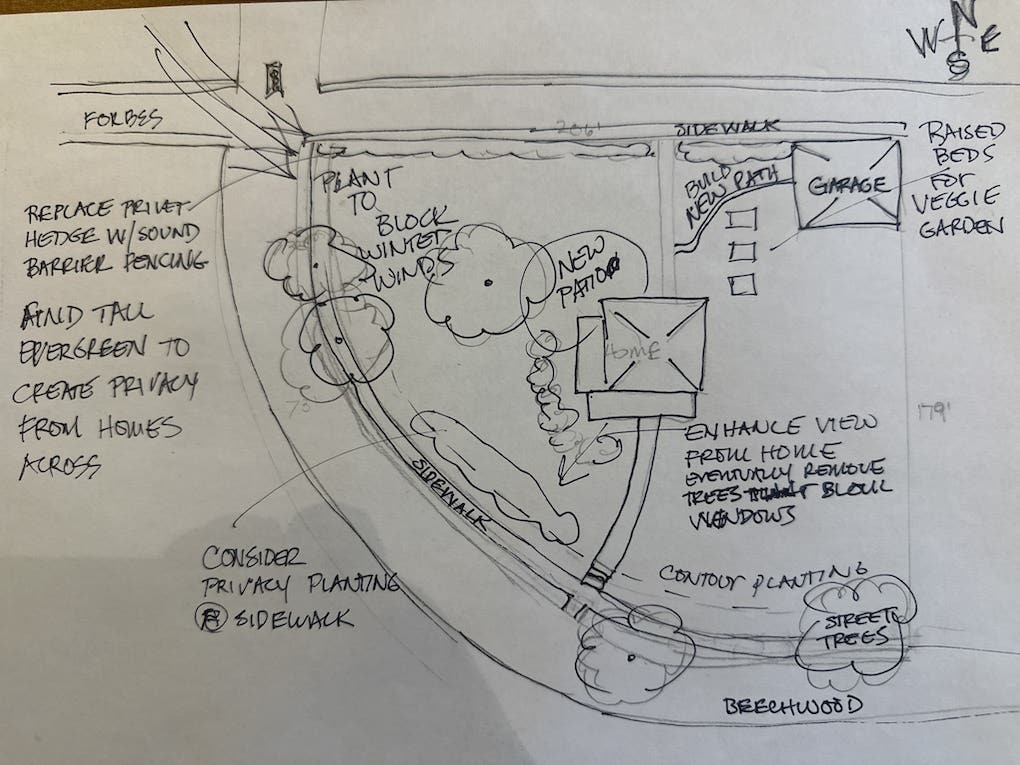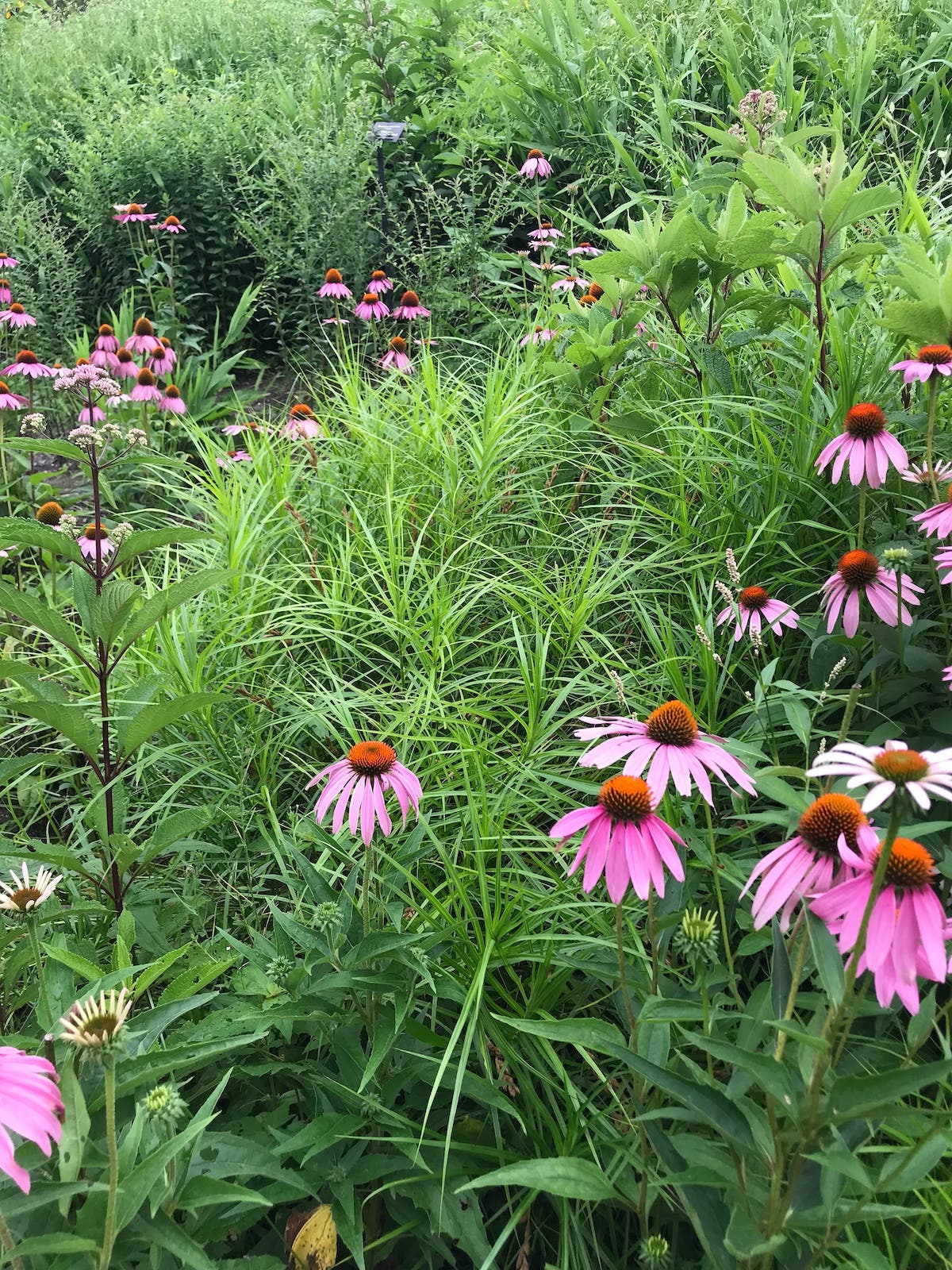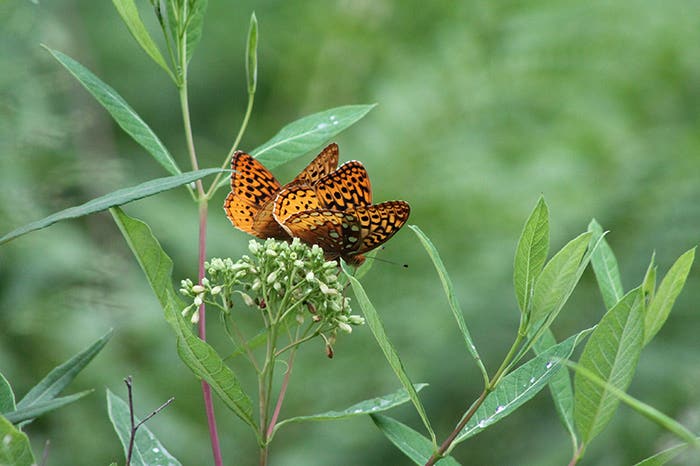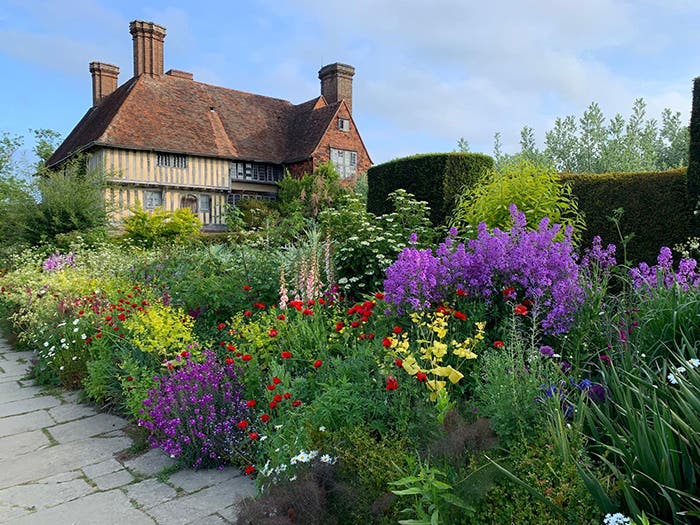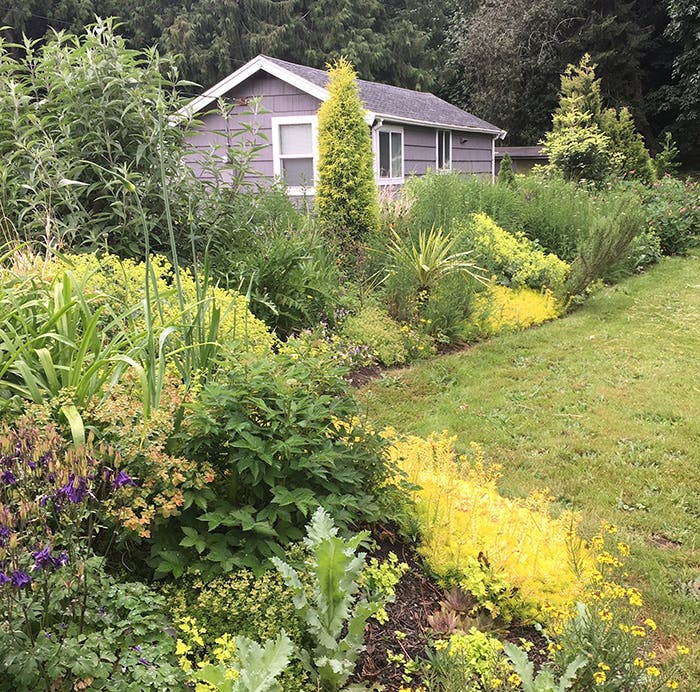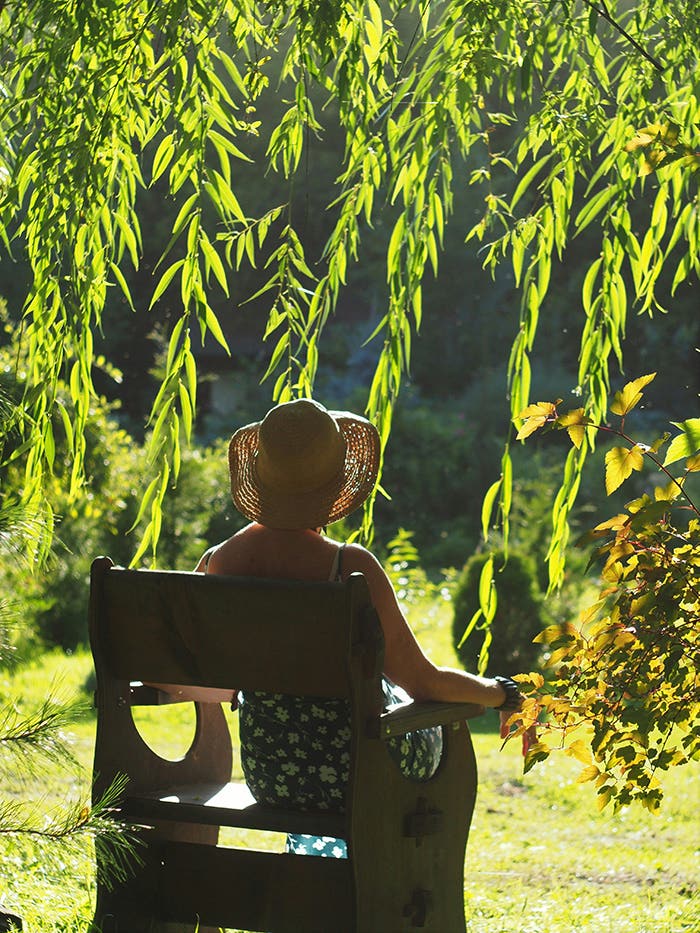It could be argued that the allée is the most basic of all landscape features, but it is certainly one of the most visually powerful. Flank a straight path with rows of one type of plant and there you are—a design on par with the greatest gardens of the world.
Allée (rhymes with ballet) comes from the French word for path, which can be used to describe anything from a grand boulevard to a suburban driveway to an aisle at the grocery store. It is also a form of the verb aller, to go, thus implying a style of garden path and the sense of movement it creates, too. Indeed, allées glean their power from their command of our sight, how they move it briskly through the landscape and to a vanishing point somewhere on the horizon.
Allées for Today’s Gardens
The allée concept is simple, and although it is most commonly associated with large, expansive landscapes, it can be executed in a garden of any size. The first step is to play with possible configurations for the two parallel lines that form an allée. Most importantly, they need to lead from a logical entry point to a logical destination. The entry might be the opening of your driveway or an arbor or a set of steps. A focal point for the destination might be a colorful bed of annuals, a glade of perennial forest species, a small lawn, a seating area, statue, a water feature or the front door of your home. Allées almost always stand on flat ground.
Drive stakes in the ground at either end of the area where you envision an allée and run a string between them to get a sense of the composition. Play with different configurations and different widths until you have something that feels pleasing. The trees can be planted close to the path and trained to grow up and over it, or planted farther apart to allow them to bush out at ground level. Naturally, the width of the allée should be proportional to the surroundings and to the size of the plants used. To create the proper effect, a minimum of three specimens are needed on each side of an allée. If you have only 30 feet to work with, for example, choose plants that can be spaced as little as 10 feet apart.
The most formal allées are rows of “pleached” trees that have been trained to grow within a precise vertical plane, similar to a sheared hedge. Often, allée trees are pollarded (cut back to the same point every winter) to control their size and to enhance the sense of formality. Another approach uses species that naturally grow in a vase-like shape, such as crapemyrtle, which will arch toward each other, forming a rounded tunnel over the path. Flowering trees, like cherries or crabapples, will carpet the path in petals. There is nothing against using shrubs to form an allée, though most will not grow tall enough to form a full tunnel. Tunnel-shaped arbors planted with flowering vines, like wisteria or climbing roses, make an especially enchanting variation on the allée theme and suit small spaces.
The ground plane beneath the trees is an important design consideration. For an austere modernist look, use a mulch of crushed rock or pebbles. In a cottage garden setting, a mix of flowering perennials would be more appropriate. In formal gardens, choose one low-growing species to plant along the path that complements the chosen tree species; for example, grow lavender beneath an allée of olive trees in a Mediterranean-themed garden.
Few design ideas have stood the test of time like the elegant, alluring allée. If you lack a royal estate for planting one, don’t fret—there are ways to make them work on an average-size lot. The key: Keep the planting small, so that it doesn’t overwhelm the landscape but fits in perfect proportion.
Plants for a Garden Allée
Large trees for pleaching in a formal allée: Linden (Tilia spp.), hornbeam (Carpinus spp.), beech (Fagus spp.), sycamore (Platanus spp.), horse chestnut (Aesculus spp.)
Small, flowering vase-shaped trees for an arched allée: Crape myrtle (Lagerstroemia spp.), dogwood (Cornus spp.), fringe tree (Chionanthus spp.), hawthorn (Crataegus spp.)
Shrubs for a mini-allée: Italian cypress (Cupressus sempervirens), snowball bush (Viburnum spp.), butterfly bush (Buddleia spp.), lilac (Syringa spp.), California lilac (Ceanothus spp.)


